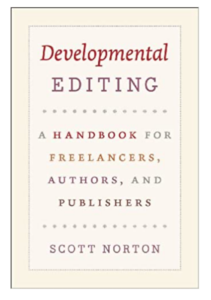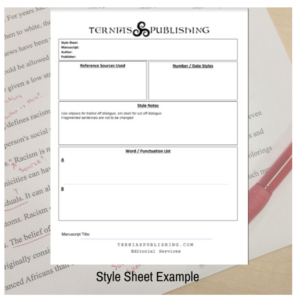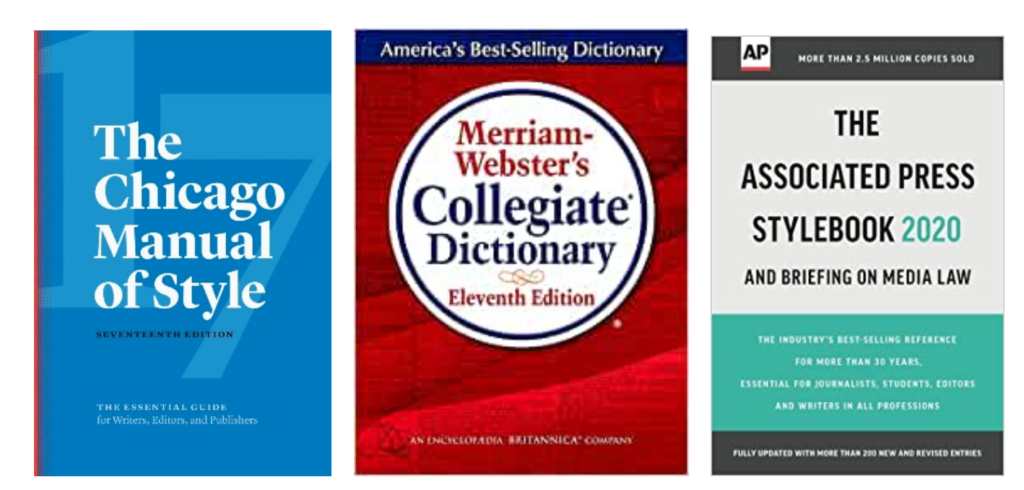
There are many types of editing, and navigating which is which and which one you need when can be confusing, especially for new authors.
One reason for the confusion is the seeming lack of an industry standard for the terms used and services performed at each level. While basic definitions are similar, the terms different organizations or editors use and the services they include for each type of editing may be slightly different. I will try to explain what these differences are as I define some of the main types of editing below.
What are the Different Types of Editing?
It is important to separate the types of editing to know when in the editing process to tackle each type in order to get the best, most time- and cost-efficient edit you can. This is true both while you are self-editing and when hiring a professional editor. When hiring an editor or negotiating a contract for an editing project, it helps to know what to expect for each type of editing to ensure you get what you need, and when.
For example, why pay for copy editing on sections of a manuscript that will no longer exist after the developmental edit? To avoid this problem, the developmental edit should come first.

If you consider all the different types of editing, starting at the big-picture, overall level, then making your way down, in order, to the most nit-picky grammatical and formatting problems, this is the order in which you should tackle the types of editing. To help you remember, I will present them in this order below.

5 Types of Edits
There are five types of edits, and there is a generally accepted order to do them for a manuscript.
First, you should do a manuscript evaluation. Then a structural edit, line edit, copy edit, and finally proofread.
Manuscript Evaluation
A manuscript evaluation, also know as an editorial assessment, assesses the content and organization of a work, and comments in depth on such factors as characterization, dialogue, setting, plot, structure, subject relevance, believability, research required, and potential legal issues. This evaluation is intended to guide the writer or publisher through the process of rewriting or editing the work.
This includes:
- reading the manuscript and commenting on strengths and weaknesses
- creating and editorial letter, assessment, or summary
It is not usually as detailed as a developmental edit, but it can be done earlier in the process, before a manuscript is complete, to provide guidance to the writer.

Structural Editing
Next is the structural edit, which is also know as developmental editing.

For fiction and narrative non-fiction writing, this may include:
- checking the story structure to make sure all main plot points are included for your genre, and at the correct points
- reordering scenes
- cutting scenes that are not related to the plot
- checking for issues related to plot, character, setting and theme, including the plot or story arc and the character arc for the protagonist
For non-fiction books such as self-help books, instructional books, and so on, this may include:
- Revising, reordering, cutting, or adding material


Line editing
The third step is line editing. In this step you edit to clarify meaning, ensure coherence and flow, and refine the language. It may include:
- eliminating clichés, mixed metaphors, euphemisms, and slang
- ensuring the language level is appropriate for the intended audience
- checking and adjusting word choice, sentence and paragraph length and structure
- establishing or checking for consistency in tone, mood, authorial voice, and register (level of formality)
Copy Editing
The fourth step is copy editing, which ensures correctness, accuracy, consistency, and completeness.
In fiction or creative non-fiction specifically, this includes:
- checking for consistent use of character and place names and descriptions throughout the manuscript
- developing a style sheet or following one provided
- point-of-view (POV) issues (head-hopping; consistent use of first, second, or third person POV, etc.)
- consistent and correct use of verb tenses
- dialogue tags
- correct word choice
For both fiction and non-fiction, this also includes:
- checking for accuracy and consistency of grammar, spelling, punctuation, and following the accepted style guide and appropriate dictionary.
- This may also include the localization of the language.For example, in North America, the accepted style guide for fiction is The Chicago Manual of Style (CMS), and the widely accepted dictionary for American English is the Merriam-Webster’s Collegiate Dictionary. The Style Guide may change according to the type of work (news articles, academic books and papers, etc.) and the dictionary will change for Canadian or British spelling.

- editing tables, lists, figures, headings, captions, etc.
- checking information for accuracy
- checking for consistency in units of measurement, etc.
- checking page numbers, chapter and scene breaks, consistency in heading types, etc.
Copy editing may include checking a myriad of other points, depending on the type of text being edited.
Many editors will include a stylistic edit with a copy edit, but some consider them separate services. The same is true of fact checking.

Proofreading
The final step for ever edit should always be proofreading. The involves examining material after layout or in its final format to correct errors in textual and visual elements.
It is the last check for anything previously missed before it is sent off to print, or before you hit “publish” when self-publishing.
This includes checking for:
- errors and inconsistencies in grammar, mechanics, and spelling that may have been missed in the copy edit
- consistency and correctness of formatting, layout, and typography

Editing Types Summary
Whether you are self-publishing or are planning to submit to agents or publishers, ensure to have a professional developmental edit, copy edit, and proofread. For fiction in particular, I also strongly recommend a stylistic edit.
If you are self-publishing fiction or non-fiction, having a strongly written, polished manuscript will show your audience that you are a professional and will help to gain your readers’ trust.
If you intend to publish traditionally, agents and publishers receive many manuscripts, and you want yours to stand out in the crowd. The better written and more polished your work, the less time and financial investment they have to put in. This means a lower risk for them, and a better chance for you to receive an acceptance rather than a rejection.

